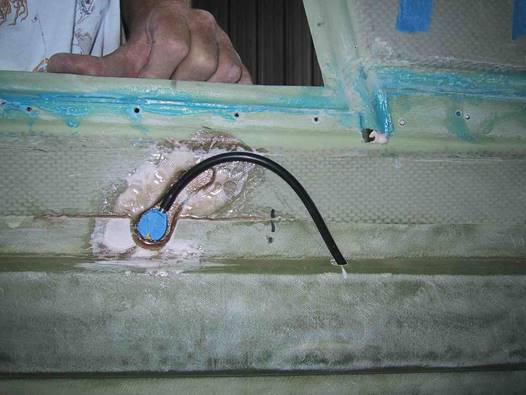“Water trap” for ES based on “KISS” principle. On both sides of the fuselage. Your pitot tube should have its own water drain built-in to the tube (if you are using a standard pitot tube). I don’t wash the
plane with any pressure system or hose. One could also build a trap out of plastic fittings and tubing.

From: Lancair Mailing List [mailto:lml@lancaironline.net]
On Behalf Of Stevens Family
Sent: Thursday, August 21, 2014 9:11 AM
To: Lancair Mailing List
Subject: [LML] Pitot and static system water traps
Another question for the list!
The builders’ manual suggests putting a water trap in the static system, but gives no details of what, where or how this should be done. The only reference I have found so far is on the ACS website
(
http://www.aircraftspruce.com/catalog/inpages/pitotstatic.php?clickkey=1683975 ).
My question to all of you who are already flying, is …
1.
How important is it to have a water trap in the static system?
2.
If you have balanced static ports Tee’d into one line through to the panel, is one required for each port, or should there be just one for the whole static system?
3.
Is it best to use the commercially available trap, or is there a simpler way of doing it?
4.
Should there be a similar system in the pitot line?
Thanks in anticipation.
Rob Stevens
Perth,
Western Australia.